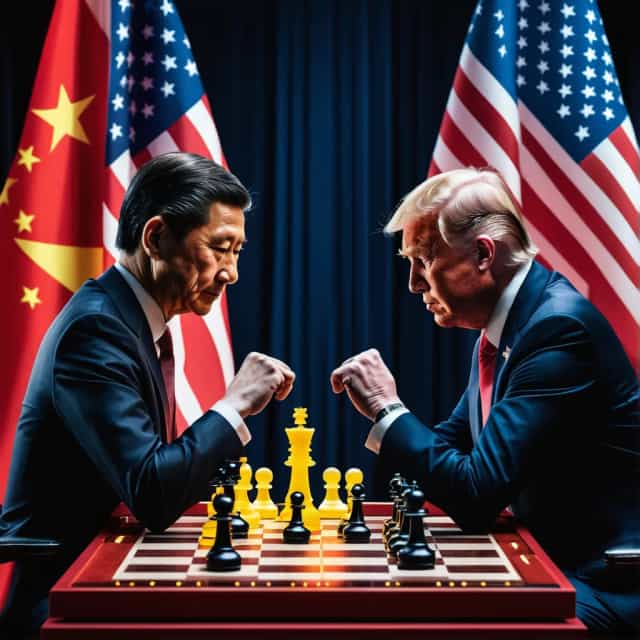
출처: Block Media
U.S. Stock Futures Edge Higher Ahead of Fed Meeting Amid Nasdaq Surge and AI Market Scrutiny
U.S. stock index futures displayed modest gains on Monday as investors treaded carefully in anticipation of the upcoming Federal Reserve monetary policy meeting. Bolstering market sentiment was the Nasdaq Composite’s record-breaking rally and expectations of interest rate cuts, while uncertainty lingered due to China's antitrust investigation into Nvidia (NVDA), a pivotal player in the artificial intelligence (AI) sector.
Dow Jones Industrial Average futures climbed 0.2%, while the S&P 500 and Nasdaq 100 futures gained 0.1% each. Last week, the Nasdaq Composite rose by 2%, marking a historic all-time high as optimism rippled through the markets. Meanwhile, the S&P 500 saw a robust 1.6% increase, achieving its strongest weekly performance since early August, and the Dow Jones reversed its two-week losing streak with a rebound.
Nvidia, however, faced a challenging start to the week, with shares falling more than 2% in premarket trading following reports of an antitrust investigation by Chinese regulators. This regulatory scrutiny has added tension to the ongoing U.S.-China economic dialogue and posed additional risks to the AI-driven investment wave, shaking investor confidence.
Federal Reserve Policy Decision Takes Center Stage
The spotlight this week is on the Federal Open Market Committee (FOMC) meeting, which has the market’s undivided attention. Recent economic indicators painted a mixed picture: labor market data showed a sharp slowdown with only 20,000 new jobs created, while consumer prices continued to climb. The combination of signals underscores the complexity of the current economic landscape.
Despite this ambiguity, market participants are overwhelmingly confident that the Fed will implement a 0.25 percentage point interest rate cut, with the CME FedWatch tool reflecting a 96% probability of such action. Additionally, some analysts are speculating the possibility of up to three more rate reductions before the end of the year as the Fed seeks to support economic growth.
The expectation of loosening monetary policy has powered equity markets, further fueled by the continued rally of AI-related stocks. However, concerns about an overheated AI market, coupled with fears that the frenzy may evolve into a speculative bubble, have raised caution among investors. This uncertainty could introduce volatility in the short term as markets digest the broader implications of AI’s rapid growth.
Significant Corporate Earnings to Influence Market Sentiment
As earnings season approaches its conclusion, upcoming corporate reports are poised to provide key insights into the economy and sector-specific trends. Investor attention will turn to marquee names like logistics leader FedEx (FDX), which offers a critical perspective on global trade dynamics. With global shipment volumes watched closely as indicators of economic health, FedEx's performance will likely be a bellwether for broader market sentiment.
In addition, Cracker Barrel (CBRL) is expected to capture interest this week following its recent brand overhaul designed to reinvigorate its appeal amid changing consumer preferences. The earnings report could provide vital clues on whether the company’s strategy is resonating with its target demographic and boosting revenues.
Broader Market Implications Heading Into Q4
This week’s developments will play a crucial role in shaping market sentiment as the final quarter of the year approaches. Key factors influencing investor outlook include the Fed’s anticipated policy adjustments, Nvidia’s ability to navigate regulatory scrutiny, and pivotal corporate earnings reports that could set the tone for the weeks ahead.
While the AI-driven investment narrative continues to dominate headlines, uncertainties surrounding its sustainability, coupled with macroeconomic pressures, underscore the importance of staying vigilant. How these market-moving events unfold could set the trajectory for equities and risk appetite amid growing debates over inflation, rate policy, and speculative trends in emerging technologies.










